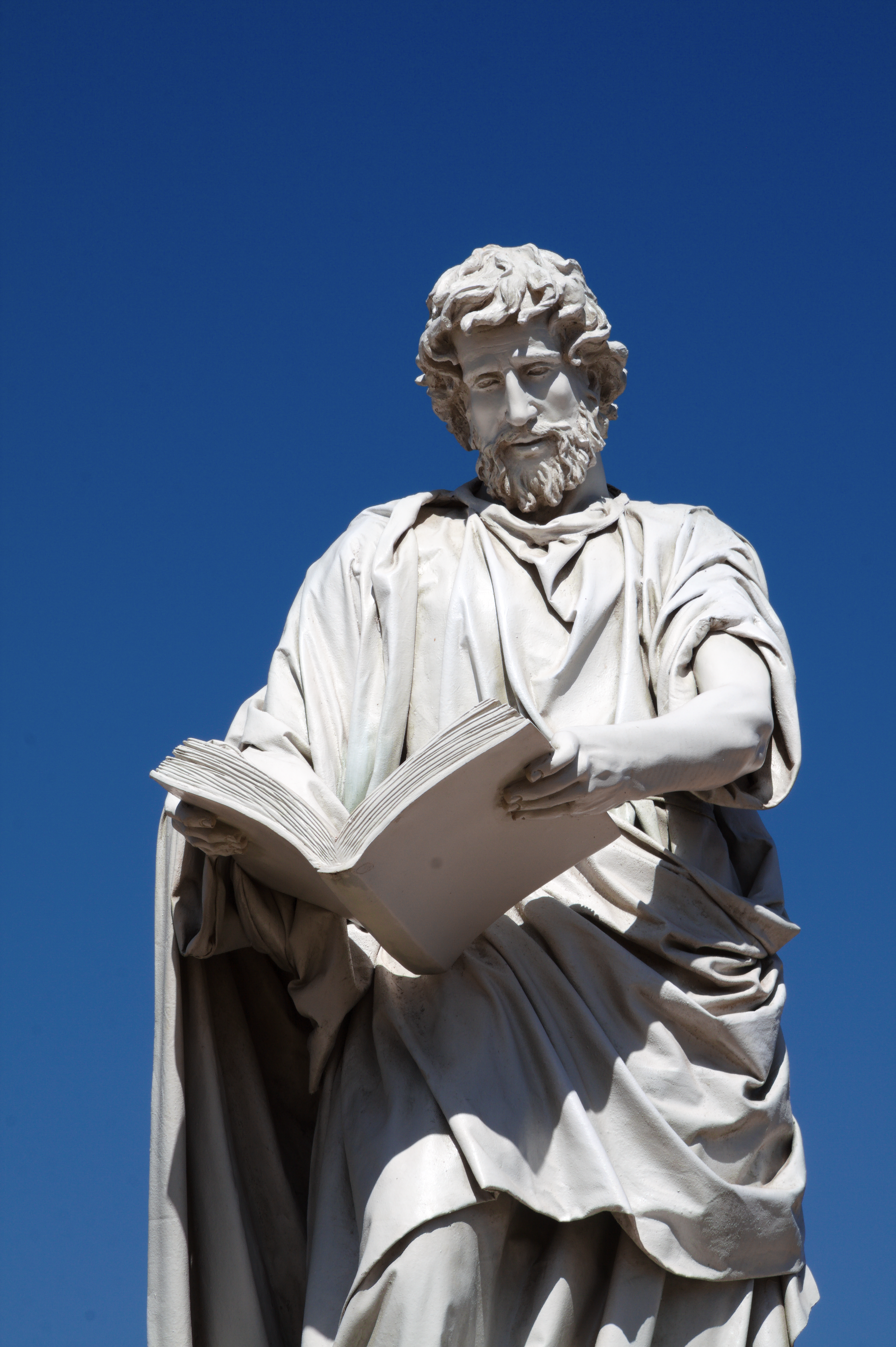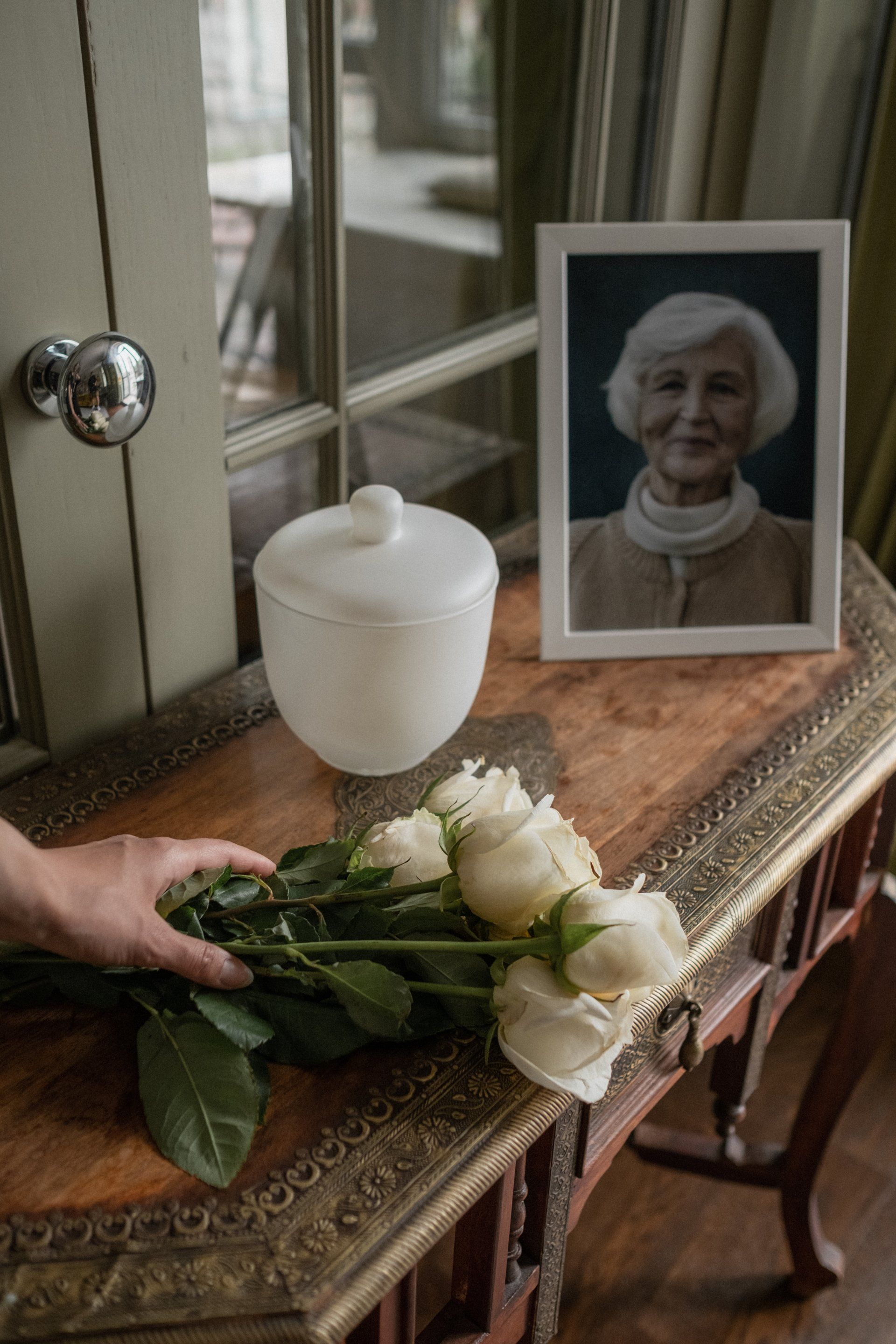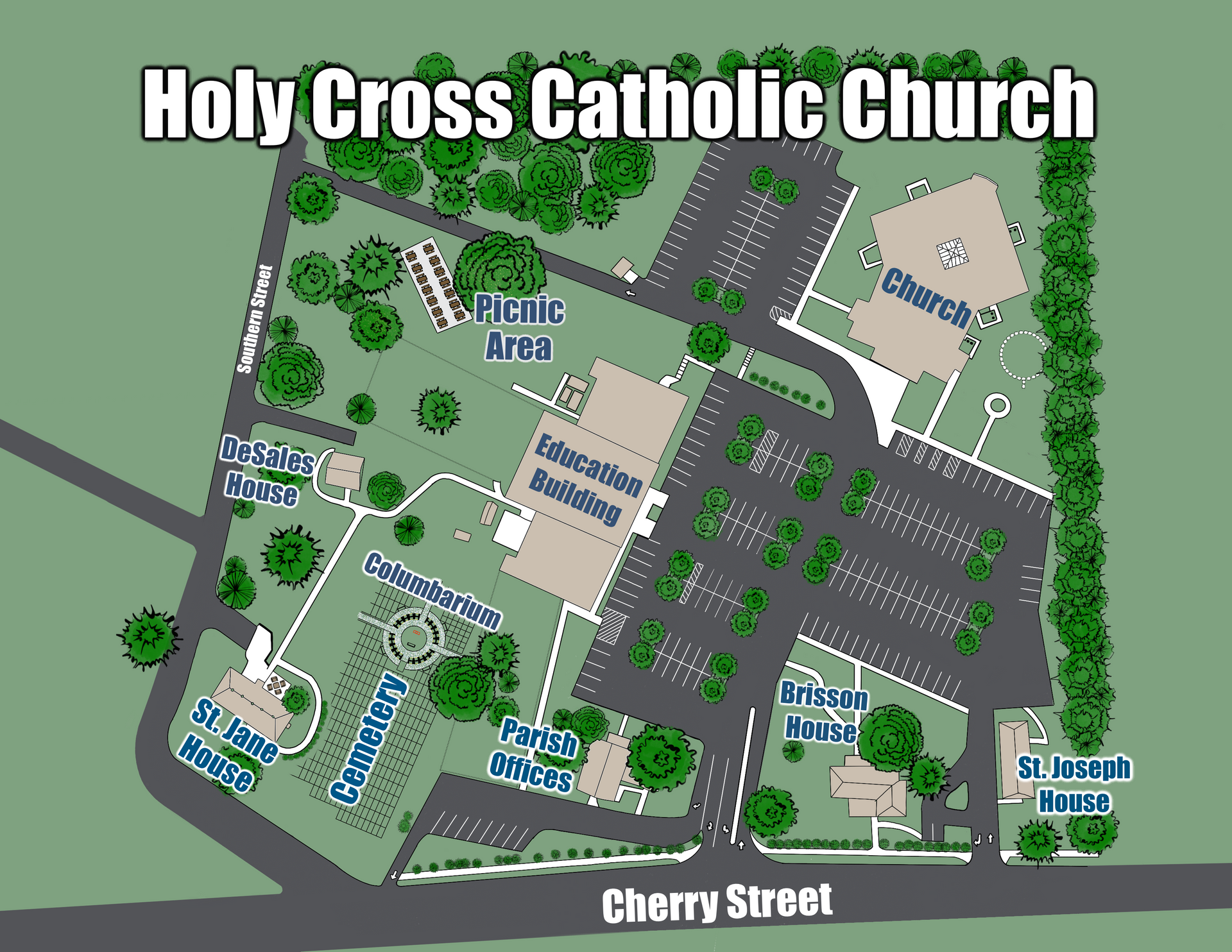Episcopal Consecration (Part 1)
This is part one of a three-part series on Episcopal consecration.
With the upcoming ordination as a bishop of Bishop-elect Michael Martin, the Church asks for the faithful to be prepared to celebrate together the Mass of Episcopal consecration. Since there is not enough space for everyone who wants to come, the Mass will be live-streamed through the Catholic News and Herald YouTube page on Wednesday, May 29, at 1pm. It will be broadcast on EWTN on the same day at 3pm EST. In addition to the priests of the parish, Holy Cross will be represented at the ordination by nine members of the lay faithful.
Through the laying on of hands and the calling down of the Holy Spirit, men in the Church are ordained to service in three degrees: bishops, priests, and deacons. In the ordination of a bishop, a priest is raised in his hierarchical communion with the Head of the College of Bishops (Roman Pontiff) and its members, as well as made a member of the same body of bishops. The College of Bishops is a continuation of the College of Apostles. This College of Bishops — which expresses the unity, diversity, and universality of the Church — is made up of men sacramentally united to it (by ordination) and willfully disposed (by their promises) to exercise the service of ministry that it demands.
The task of a bishop is generally threefold. The first responsibility of the bishop is governance of the Church in the name of Christ. By his ordination, he takes on the full sacramental character as shepherd of Christ’s flock. Because of this, he is the visible sign of unity among his people. The diocesan bishop, then, is given charge over a portion of the people of God, namely all those that live within his diocese. Secondly, the bishop is charged with preaching the Word of God. By faithfully preaching the Gospel of Christ (and ensuring that his subordinate ministers preach faithfully), the diocesan bishop ensures that the faithful are led to right belief in the divine mysteries and, therefore, right conduct as members of the Church. Thirdly, the bishop has the responsibility of sanctifying the people of God. The diocesan bishop regulates the celebration of Baptism, is the source of the celebration of Confirmation, directs the celebration of the Holy Sacrifice of the Mass, ordains additional clergy to assist him, and moderates penitential discipline throughout the diocese.
The ordination of a bishop involves not only the entire diocese, but also the entire Church. All the faithful are bound to pray not only for the ordination of the bishop-elect, but also for the bishop-elect, continuing their prayers for the bishop as he ministers to them in the future. In due time, the Church instructs that the faithful and the clergy are to be invited and made ready for the consecration. The following ministers are directly involved in the Mass of ordination: three bishops who ordain; other bishops who concelebrate; the bishop-elect with two local priests assisting him; two assistant deacons; the local clergy; and the faithful of the diocese, including the male and female religious. In this way, the entire Church is represented.
Pastor's Ponderings












